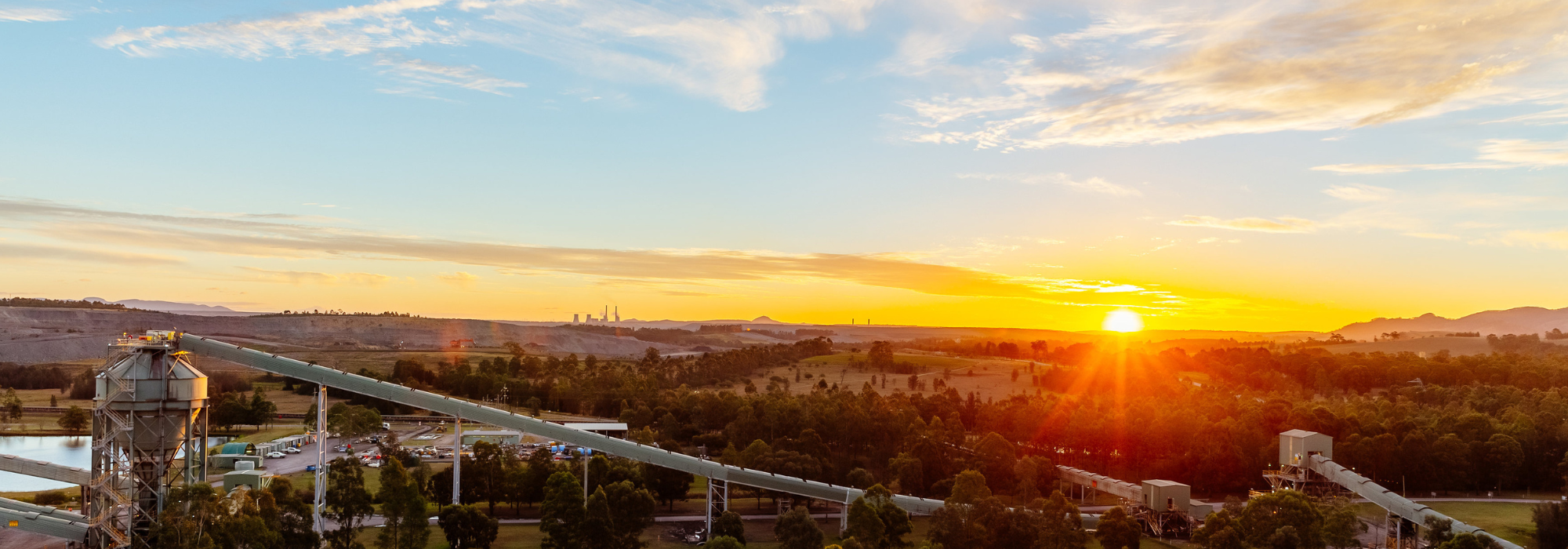Following the release of the Upper Hunter Mining Dialogue’s initial report, released in 2020, and analysing air quality between 2013 and 2019, the Dialogue decided to undertake a supplementary analysis to the initial report to incorporate additional yearly data from the 2020 calendar year.
As the initial report included data up to the end of 2019 (notably an anomalous year with significant drought and bushfire impacts), members of the Dialogue’s Joint Environment Working Group supported the Dialogue in undertaking additional analysis to determine how the results of 2020 (which featured a significantly higher than average rainfall) would impact on these findings.
The supplementary 2020 analysis reinforced several of the major findings from the initial report, and once again provided a response to the two key focus questions that the initail report was seeking to answer, which included:
- Has the air quality in the Upper Hunter Valley changed since monitoring began?, and
- Is the air quality in the Upper Hunter Valley measured at the monitoring stations different from air quality measured at other locations in NSW?
The 2020 update found the concentrations have varied significantly over the period reviewed, but in a manner that is generally consistent with monitoring data collected at DPIE stations across the remainder of NSW.
- While correlations with mining emissions and coal production were not identified, a correlation with
regional average rainfall was observed. - Lower than average rainfall is associated with above
average particulate matter concentrations. The mechanisms for this are associated with
progression of drought conditions, including increased prevalence of wind erosion/dust storms and
bushfire activity. - The 2020 calendar year data further supported this finding, with the report noting that the consistency of temporal trends in the UHAQMN and ‘Remainder of NSW’ monitoring subsets show that the changes in PM10 concentrations within the Upper Hunter are generally consistent with changes experienced across the rest of NSW (Figure 3.1).
- While lower than average rainfall is associated with above average particulate matter concentrations, the inclusion of the 2020 data demonstrates that the converse is also true.
- The observed similarity between PM10 concentrations at Background stations and Diagnostic stations remains with the inclusion of 2020 data
The 2020 update noted that the UHAQMN data does feature higher PM10 concentrations than a range of regions across NSW, but is also broadly consistent with concentrations measured within the Lower Hunter and Central Coast. In addition, the difference between the Upper Hunter and the remainder of NSW is
small in scale relative to the variability in concentrations across NSW. PM2.5 concentrations are
higher than elsewhere in NSW, and are likely to be influenced by wood smoke, as identified in
CSIRO (2013). The broad consistency between the air quality experienced in the Upper Hunter Valley and the Lower Hunter and Central Coast region is further supported through the inclusion of 2020 data.

